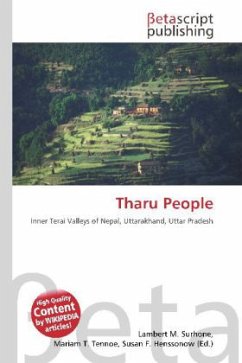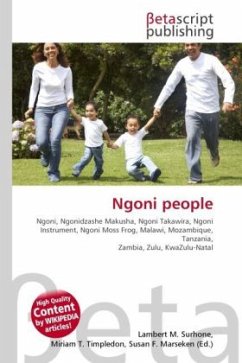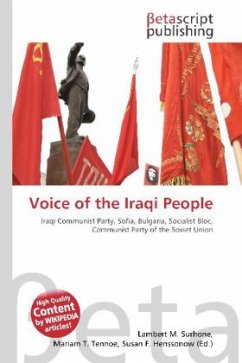
Newa People
Versandkostenfrei!
Versandfertig in 6-10 Tagen
23,99 €
inkl. MwSt.

PAYBACK Punkte
12 °P sammeln!
High Quality Content by WIKIPEDIA articles! The term Newar applies roughly to the descendants of citizens of Medieval Nepal (consisting of Kathmandu Valley as the capital and the territory ever changing with farthest extent being Gandaki river to west and Koshi river to the east, Tibet to north and Terai in south). Their common language being Nepal Bhasa ("Newari" according to Statistics Nepal) or the languages progenitor of Nepal Bhasa. Many Newar communities within Nepal also speak their own dialects of Newari, such as the Dolakha Newar Language. According to Nepal's 2001 census, the 1,245,2...
High Quality Content by WIKIPEDIA articles! The term Newar applies roughly to the descendants of citizens of Medieval Nepal (consisting of Kathmandu Valley as the capital and the territory ever changing with farthest extent being Gandaki river to west and Koshi river to the east, Tibet to north and Terai in south). Their common language being Nepal Bhasa ("Newari" according to Statistics Nepal) or the languages progenitor of Nepal Bhasa. Many Newar communities within Nepal also speak their own dialects of Newari, such as the Dolakha Newar Language. According to Nepal's 2001 census, the 1,245,232 Newar in the country are the nation's sixth largest ethnic group, representing 5.48% of the population. Nepal Bhasa is of Tibeto-Burman origin (but heavily influenced by Indo-Aryan languages like Sanskrit, Pali, Bengali and Maithili). Nepal Bhasa also contains Austro-Asiatic words and phrases. In 2001 the language is spoken by 825,458 Nepalese as their mother tongue.












